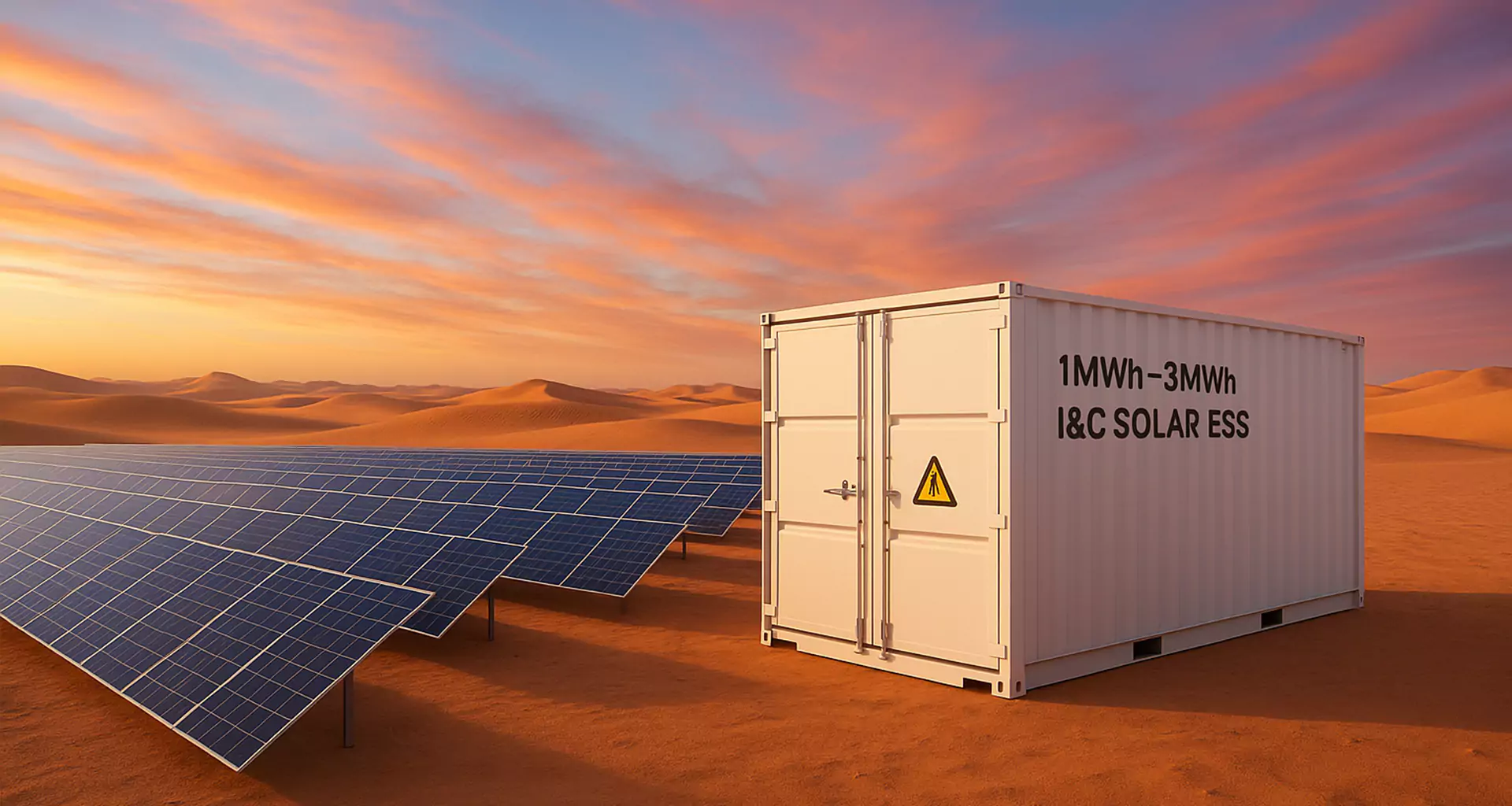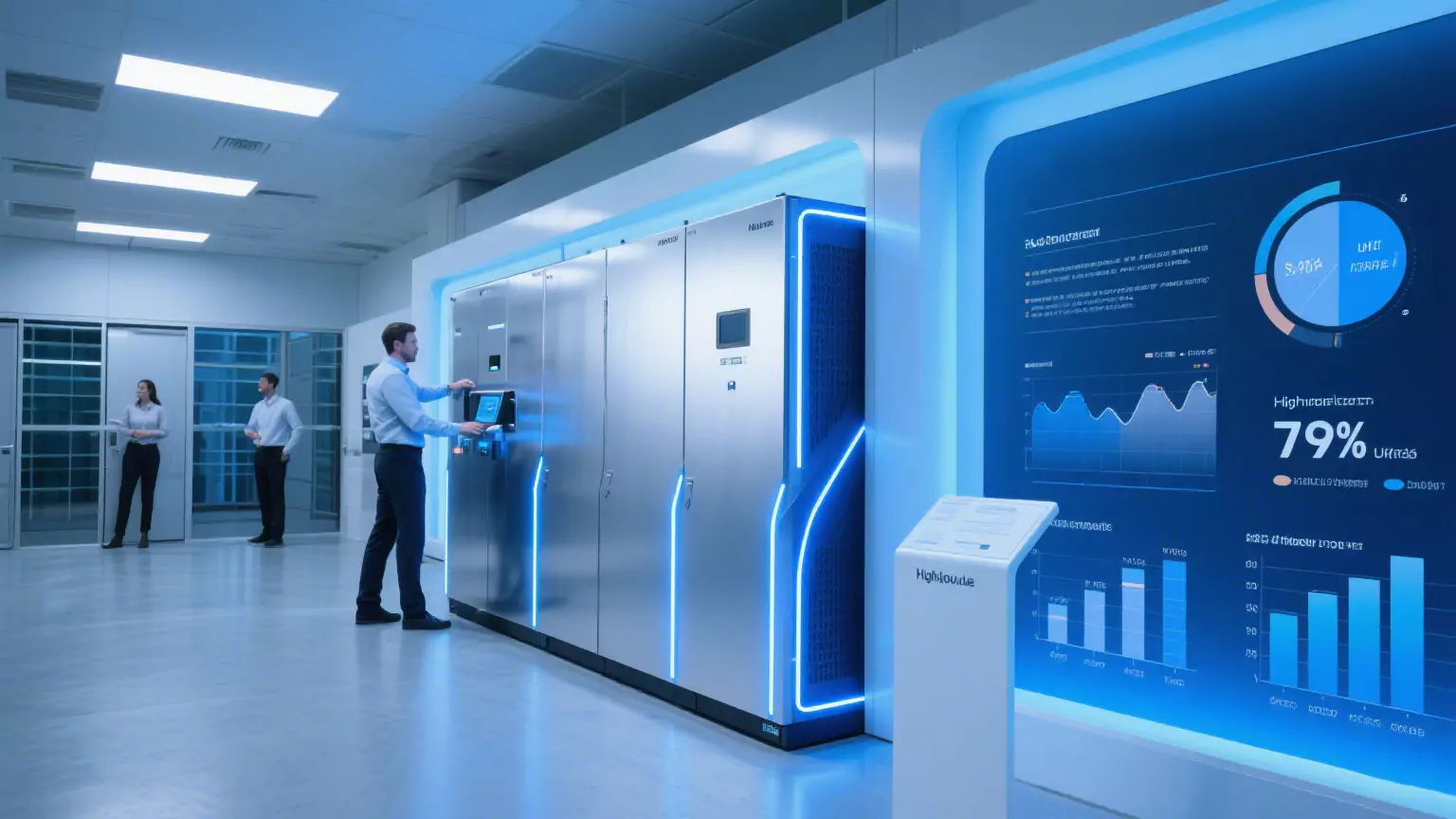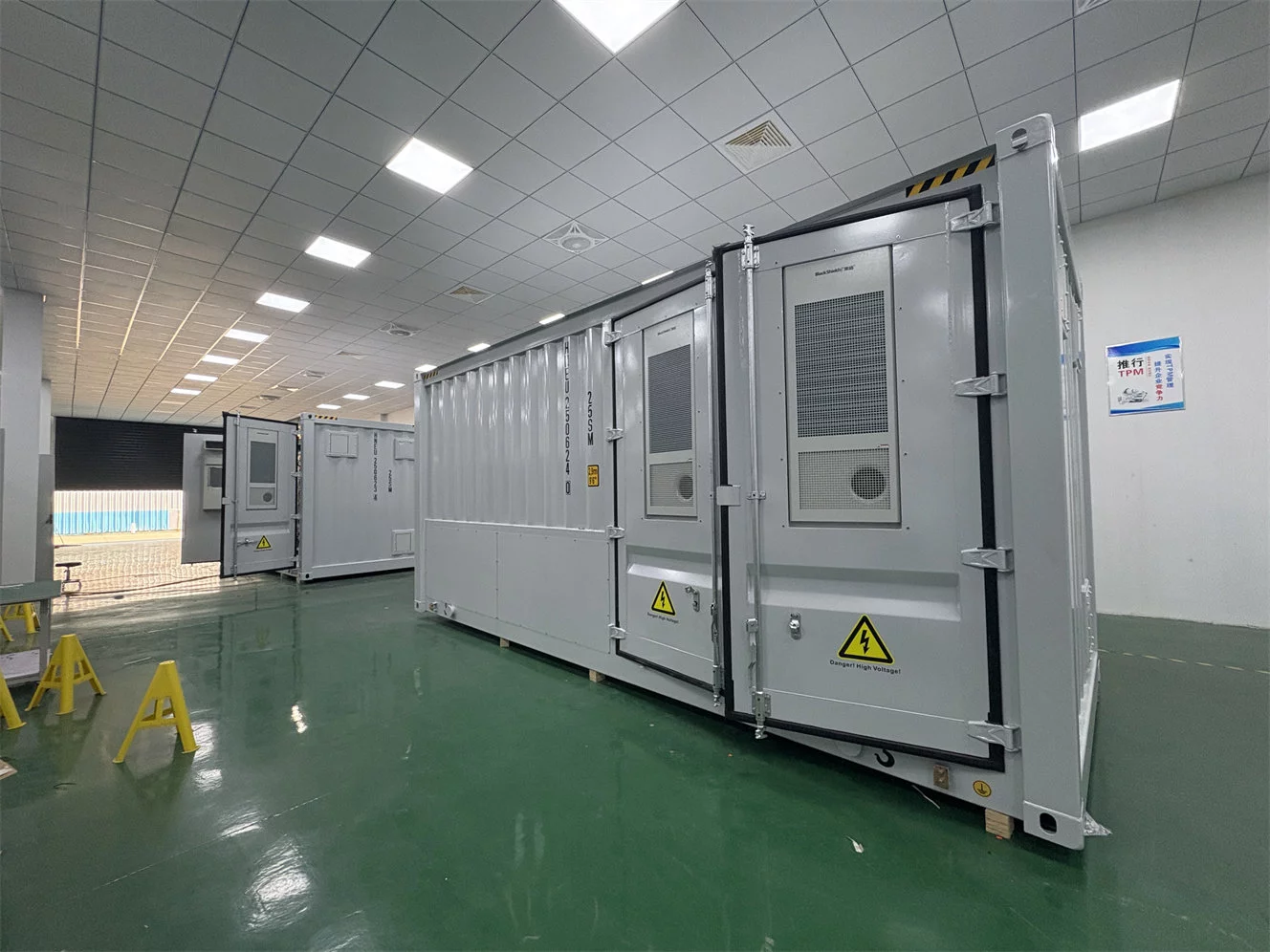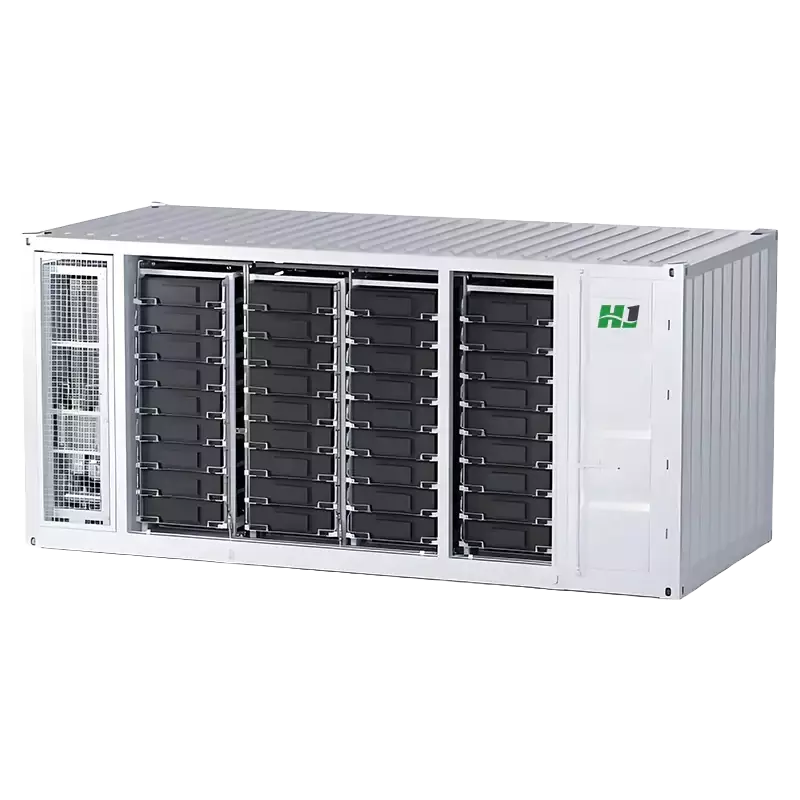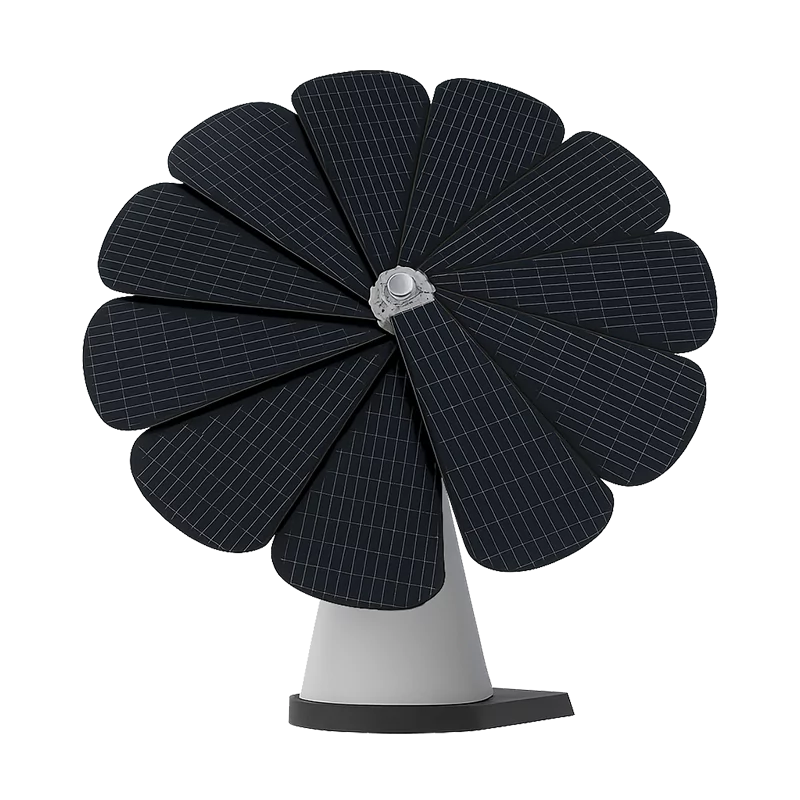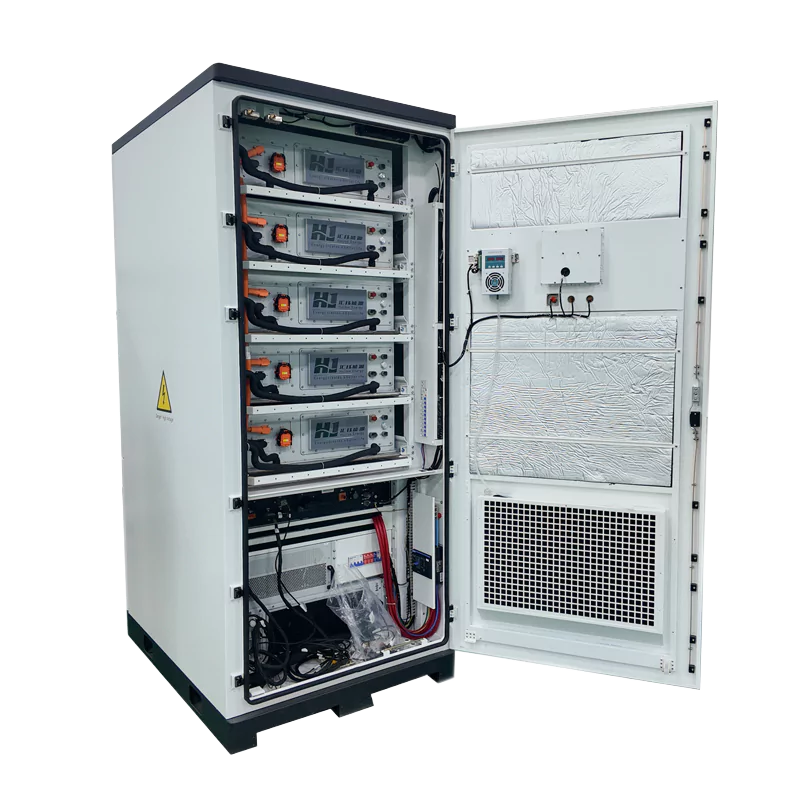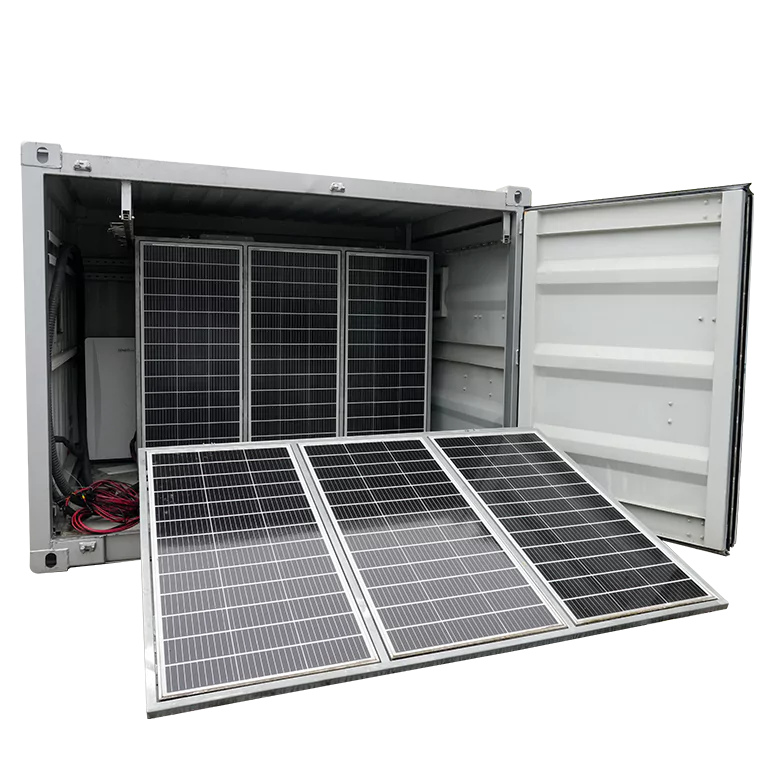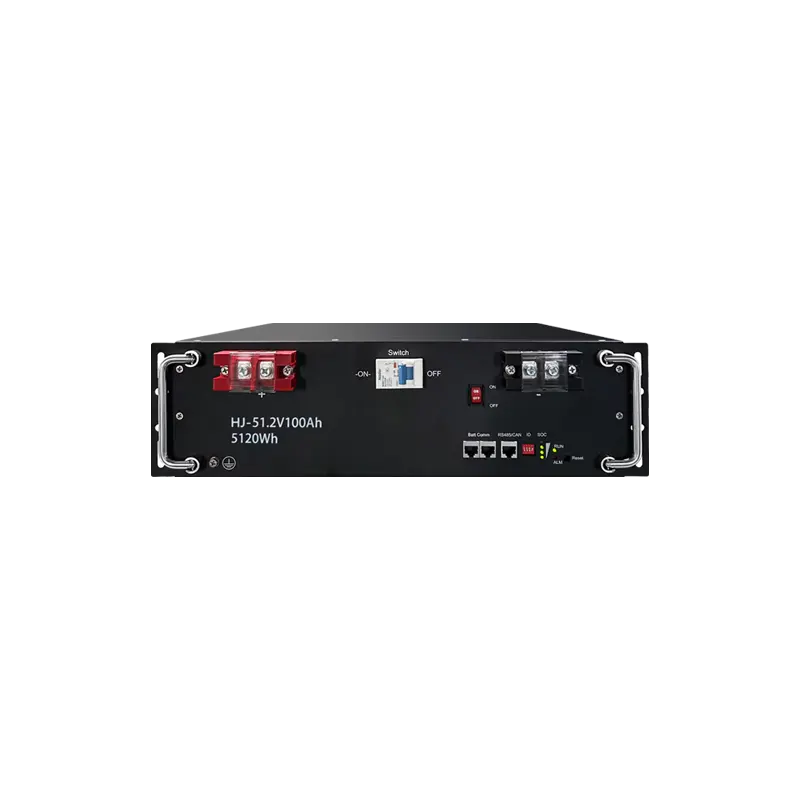Semi-Solid-State Batteries: The Evolution of Liquid Batteries Is Just as Exciting
“Charge for six minutes, drive nearly a thousand kilometers” — solid-state batteries have sparked widespread excitement with promises of revolutionizing electric vehicles (EVs). From extended range to ultra-fast charging, the technology holds undeniable allure.
But take a closer look at today’s market, and you’ll find that what’s often referred to as a “solid-state battery” is, in most cases, actually a semi-solid-state battery. Meanwhile, liquid battery technologies continue to improve in leaps and bounds, playing a vital role in shaping the electric mobility landscape.
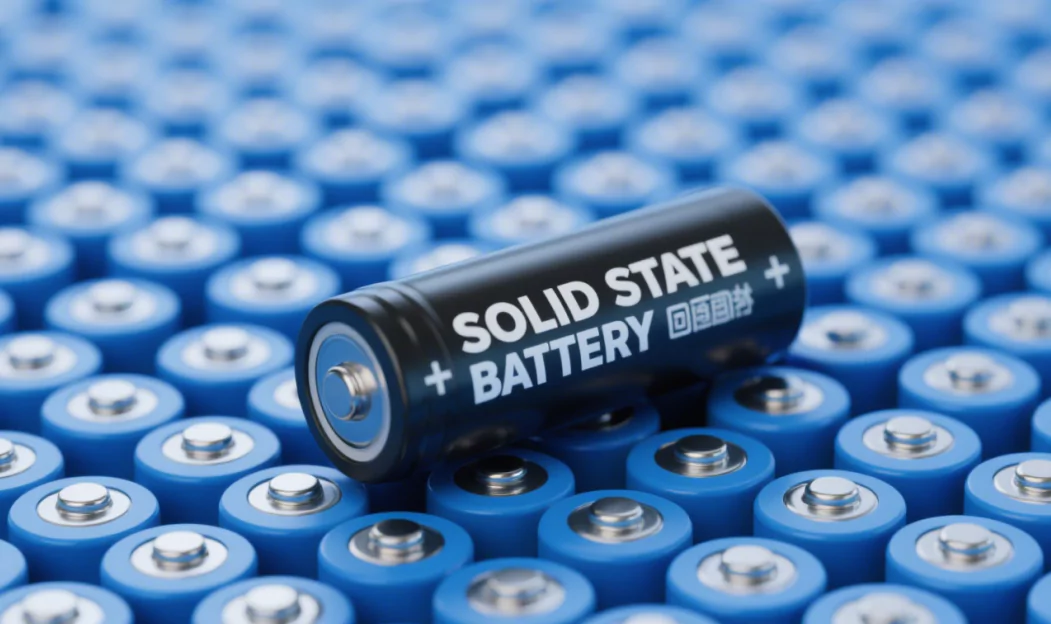
Semi-Solid, Not Yet Fully Solid
What’s emerging in the market under the banner of “solid-state” is more accurately described as semi-solid-state. These systems blend traditional liquid electrolytes with solid components — such as sulfide-based materials — essentially revitalizing the liquid-based battery architecture.
This hybridization brings notable improvements:
Energy density can now reach around 300 Wh/kg, And safety performance is significantly enhanced — for instance, many can now pass nail penetration tests without catching fire.However, the high cost of key materials, particularly solid electrolytes like sulfides, remains a major bottleneck, limiting large-scale commercialization at present.
Full Solid-State Batteries: The Next Leap, but Still in the Lab
In research settings, fully solid-state batteries (SSBs) offer even more exciting potential:Theoretical energy density easily exceeds 400 Wh/kg.Stable performance even at -30°C.Ultra-fast charging in mere minutes is within reach.
But bridging the gap from lab success to mass production is no small feat. Challenges include:
Lower ion conductivity in solid electrolytes versus liquids.
High interfacial resistance between solid layers.
Difficulties in achieving precise, reliable manufacturing at scale — such as ensuring perfect contact between electrode and electrolyte.
These hurdles affect battery life, fast-charging capability, and production yield. Industry leaders are working to overcome them on pilot production lines, but we’re still in the early innings.
Meanwhile, Liquid Batteries Keep Getting Better
While solid-state development continues, liquid lithium-ion batteries have made substantial, real-world progress. Innovations include:Condensed Matter Battery from CATL,“Magazine Battery” technology from GAC Aion,Blade Battery from BYD
These advances push the boundaries of:
Safety: Greater resistance to high temperatures and puncture.
Fast Charging: Now supporting 4C (or even higher) charging rates.
Practicality: Enhancing the everyday EV experience and building consumer trust.
The Next 5 Years: Parallel Progress
Looking ahead, the evolution of EV batteries is likely to follow a multi-path approach, with different technologies advancing in parallel:
1. Liquid Batteries Continue to Improve
Focus areas:
Further enhancing safety, especially addressing thermal runaway risks.
Scaling up fast-charging technology (4C+ rates).
Lowering costs, making high-performance EVs accessible to more users.
This is currently the most reliable and scalable path to improving user experience.
2. Semi-Solid Batteries Enter Niche Applications
As a transitional technology, semi-solid-state batteries may first appear in high-end models or specialized sectors, showcasing their advantages and gradually driving down costs.
3. Full Solid-State Batteries Face Their Greatest Challenges Yet
Industry and academia will continue investing in:
Materials development,Interface engineering,Scalable production processes.
Key goals include reducing interfacial resistance and bringing down production costs. These efforts lay the groundwork for truly disruptive future applications.
Conclusion: Realistic Optimism, Open Expectations
Solid-state batteries — especially fully solid-state ones — represent a crucial direction in the evolution of energy storage, offering enormous promise. Yet both semi-solid and full solid-state technologies face practical limitations today: high costs, immature manufacturing processes, and performance inconsistencies.
Rather than seeing them as immediate replacements for liquid batteries, it’s more accurate to view solid-state tech as an essential chapter in the broader, ongoing evolution of battery science.
At the same time, today’s liquid batteries are undergoing meaningful upgrades, already delivering safer, faster, and more cost-effective solutions for electric vehicles. Their continued refinement is having an immediate impact on drivers’ real-world experiences.
Solid-state batteries — in all their forms — are worth watching and supporting. But progress in this field, as always, takes time and persistence. As we move toward a cleaner, smarter transportation future, liquid and solid battery technologies will evolve side by side, shaping the EV landscape together.
Let’s recognize the progress already made, while keeping our minds open — and our hopes high — for the breakthroughs still to come.
Find Your Solar + Battery Storage Specialist Now!
* Fill out this form and our experts will help you find the perfect solar storage solution for your home or business.


